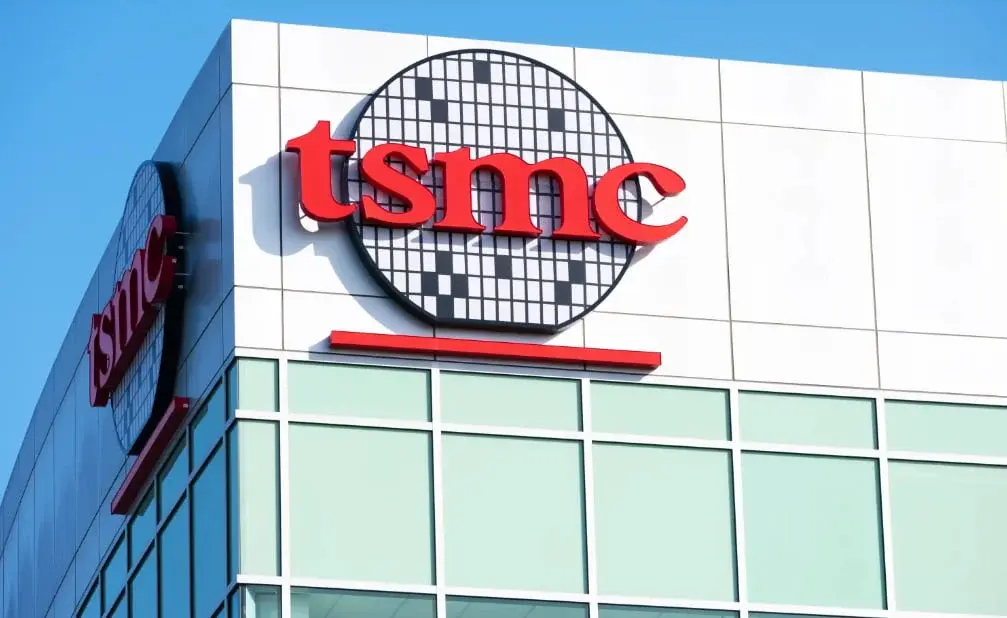The rise of artificial intelligence is significantly impacting Wall Street, evidenced by Taiwan Semiconductor Manufacturing Company (TSMC) recently achieving the remarkable milestone of joining the elite trillion-dollar market capitalization club. This achievement places TSMC among the world’s top technology firms and underscores the increasing significance of the semiconductor industry.
TSMC’s Market Surge
TSMC’s market capitalization briefly exceeded that of Tesla, making it the seventh most valuable tech company globally. The company’s shares have seen a notable increase, trading above the 50-day moving average of $158.00 and hitting a new 52-week high of $192.80. Year-to-date, TSMC shares have surged nearly 80%.
Growth of the Semiconductor Industry
The semiconductor industry has risen to prominence, driven by the growing demand for chips used in AI technologies. Global semiconductor sales are forecasted to reach $611.2 billion in 2024, with a projected 16% sales increase for that year, followed by a 12.5% increase in 2025. This surge in demand is primarily due to advancements in generative AI, which require advanced and powerful chips.
The U.S. government has acknowledged the vital role of semiconductors in the contemporary economy, providing significant financial support to boost domestic chip production. The Biden administration has allocated tens of billions of dollars for building chip factories in the U.S., aiming to enhance technological infrastructure and lessen dependence on foreign manufacturers.
Analyst Insights and Investor Considerations
Analysts have revised their price targets for TSMC ahead of its second-quarter earnings report, with Morgan Stanley predicting an increase in TSMC’s full-year sales forecast. TSMC’s effective “hunger marketing” strategy indicates tight foundry supply in 2025, encouraging customers to recognize the company's value. The expected rise in wafer prices due to AI advancements further bolsters TSMC’s position. For investors, key factors to consider include revenue growth, profitability, and valuation relative to peers.
The AI boom is transforming Wall Street, with TSMC’s entry into the trillion-dollar club marking a significant milestone. The growth of the semiconductor industry, driven by AI demand, underscores the crucial role of companies like TSMC and Nvidia in the global market.



